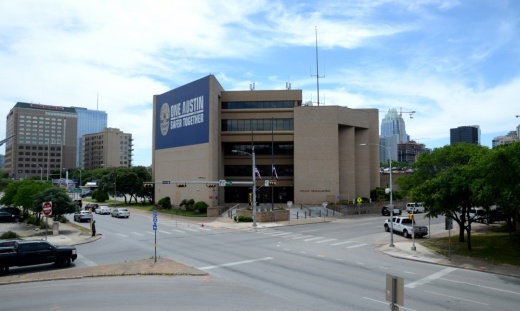SAN sued the city over language around Proposition A, an upcoming ballot initiative that would ramp up police staffing by tying it to the population of the city. The proposition comes with a steep financial price tag that the city has expressed could threaten funding for other departments.
“This is a big win for every Austin citizen. City leaders have been playing political games with ballot language for many years, ignoring the city charter and undermining the rights of petition signers who only wish to petition their government," SAN co-founders Matt Mackowiak and Cleo Petricek wrote in a press release.
The Texas Supreme Court ruled unanimously that the city must adopt the PAC's original language with the exception of adding the estimated cost of the measure.
Texas Supreme Court Justice Rebecca Huddle wrote in the option that “the city did not have carte blanche to rewrite the petitioned caption wholesale and abused its discretion by doing so.”
In her decision to require the estimated cost of the proposition, she wrote while SAN feels the cost may be exaggerated, it does not feel it is inaccurate. Furthermore, she argued because SAN's petition for Proposition A was largely centered on the budgetary decision by the city to cut funding to the police department in 2020.
“Today, the far-right, all-Republican Texas Supreme Court sided with the city in recognizing that the disastrous fiscal impact of Prop A – about $270 million to $600 million – must be included in the ballot language,” said Katie Naranjo, chair of the Travis County Democratic Party, in a press release. “Prop A would devastate city services and force Austin to lay off firefighters, medics, and other staff – only to spend tens of millions more on the police department without any accountability. During the ongoing pandemic, Prop A is even more dangerous to the health and wellbeing of our city. We’re committed to fighting this irresponsible ballot measure this November, because Austin should fund all of our first responders and services.”
Background
Brought forward this summer, the proposition calls for an increased officer count and a requirement to run three Austin Police Department cadet classes until APD has a force of more than 1,950 officers.
In an Aug. 10 memo, Austin Chief Financial Officer Ed Van Eenoo estimated the city would spend an average of $54.3 million-$119.8 million annually to fulfill the proposition's staffing requirements.
The cost range is based on projected increases in the city's population and employee pay growth. Cumulative spending could end up anywhere from $271.5 million-$598.8 million over five years—funding between 403 and 885 new officer positions over the same period—according to Van Eenoo's forecast.
Save Austin Now's original language
A petitioned ordinance to enhance public safety and police oversight, transparency and accountability by adding a new chapter to 2-16 to establish minimum standards for the police department to ensure effective public safety and protect residents and visitors to Austin, and prescribing minimal requirements for achieving the same."
City of Austin's previously adopted language
"Proposition A: Shall an ordinance be approved that, at an estimated cost of $271.5 million - $598.8 million over five years, requires the City to employ at least 2 police officers per 1,000 residents at all times; requires at least 35% of patrol officer time be uncommitted time, otherwise known as community engagement time; requires additional financial incentives for certain officers; requires specific kinds of training for officers and certain public officials and their staffs; and requires there be at least three full-term cadet classes for the department until staffing levels reach a specific level?"
Supreme Court-mandated language
"A petitioned ordinance to enhance public safety and police oversight, transparency and accountability by adding a new chapter to 2-16 to establish minimum standards for the police department to ensure effective public safety and protect residents and visitors to Austin, and prescribing minimal requirements for achieving the same at an estimated cost of $271.5 million - $598.8 million over five years."
Ben Thompson contributed to this report.





